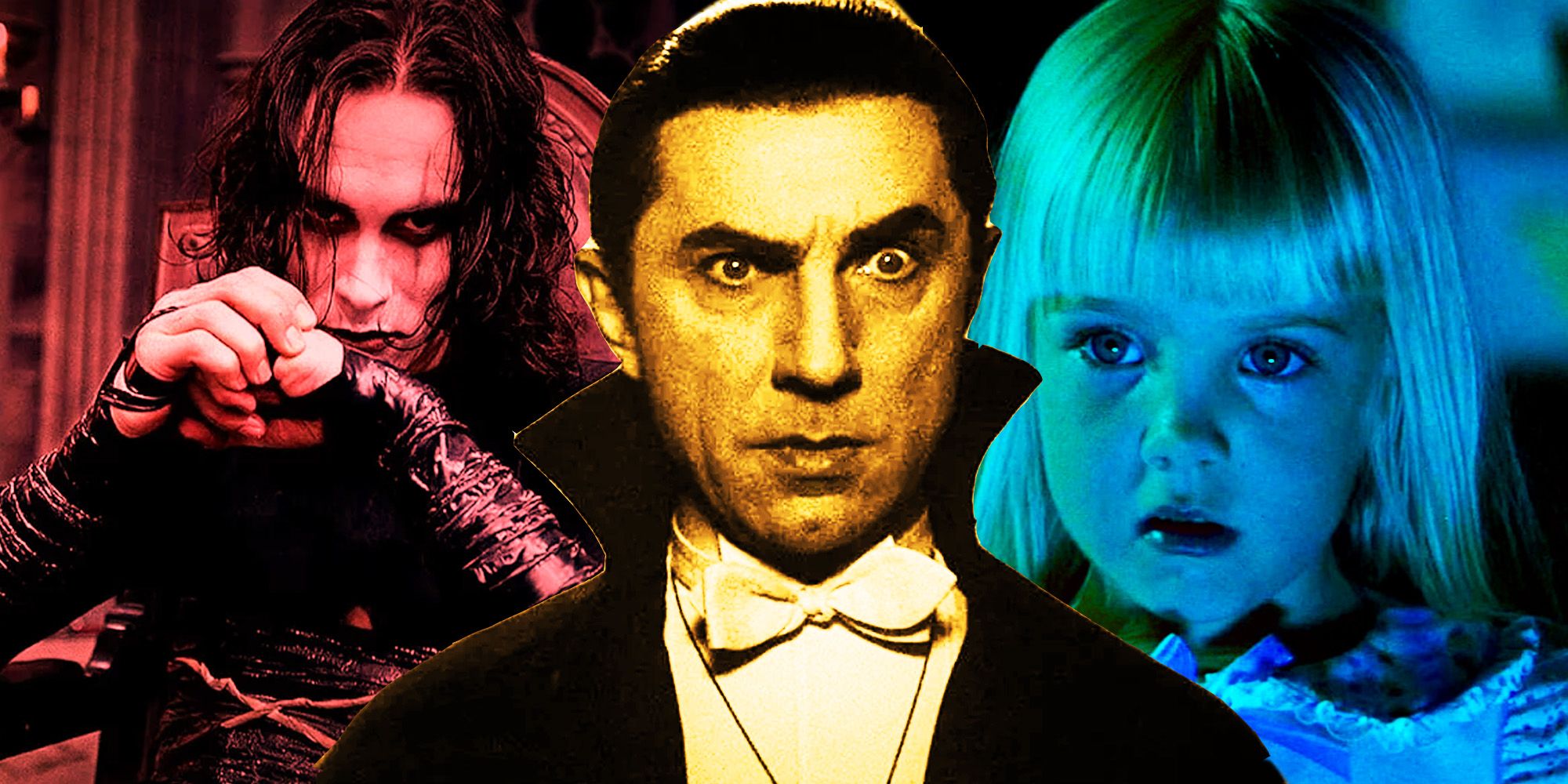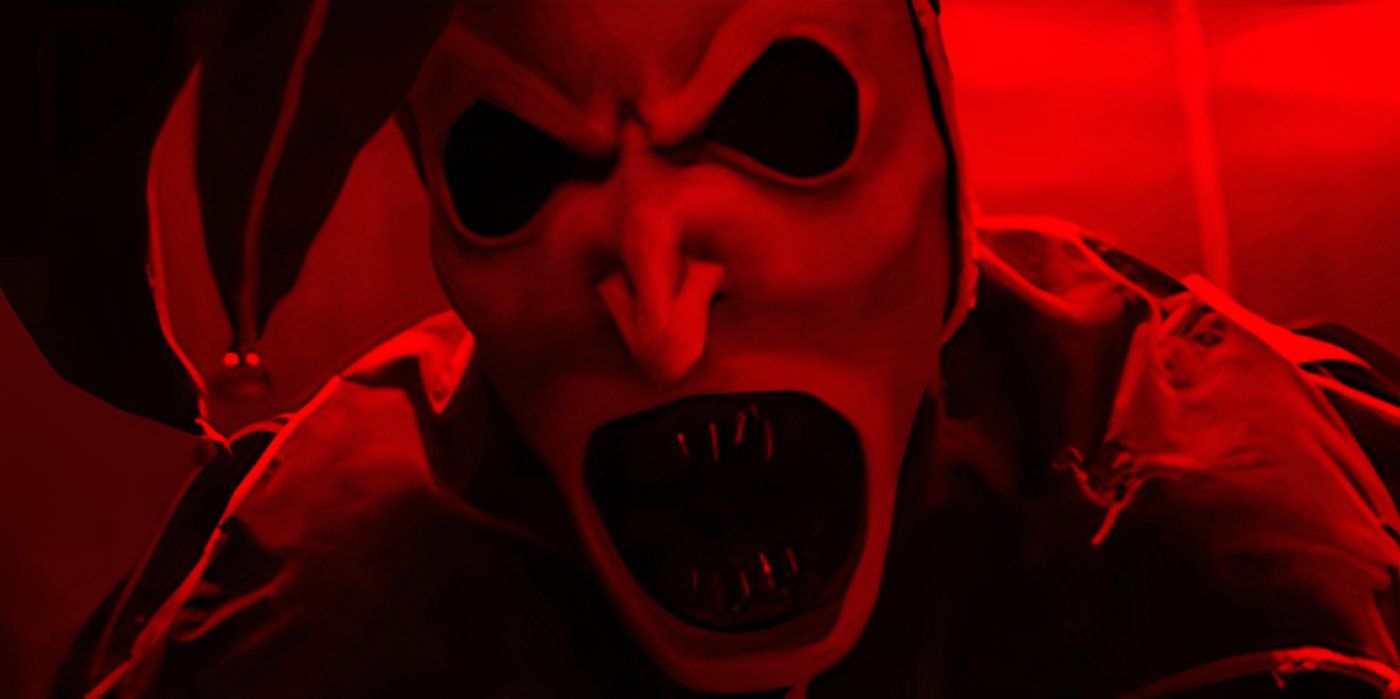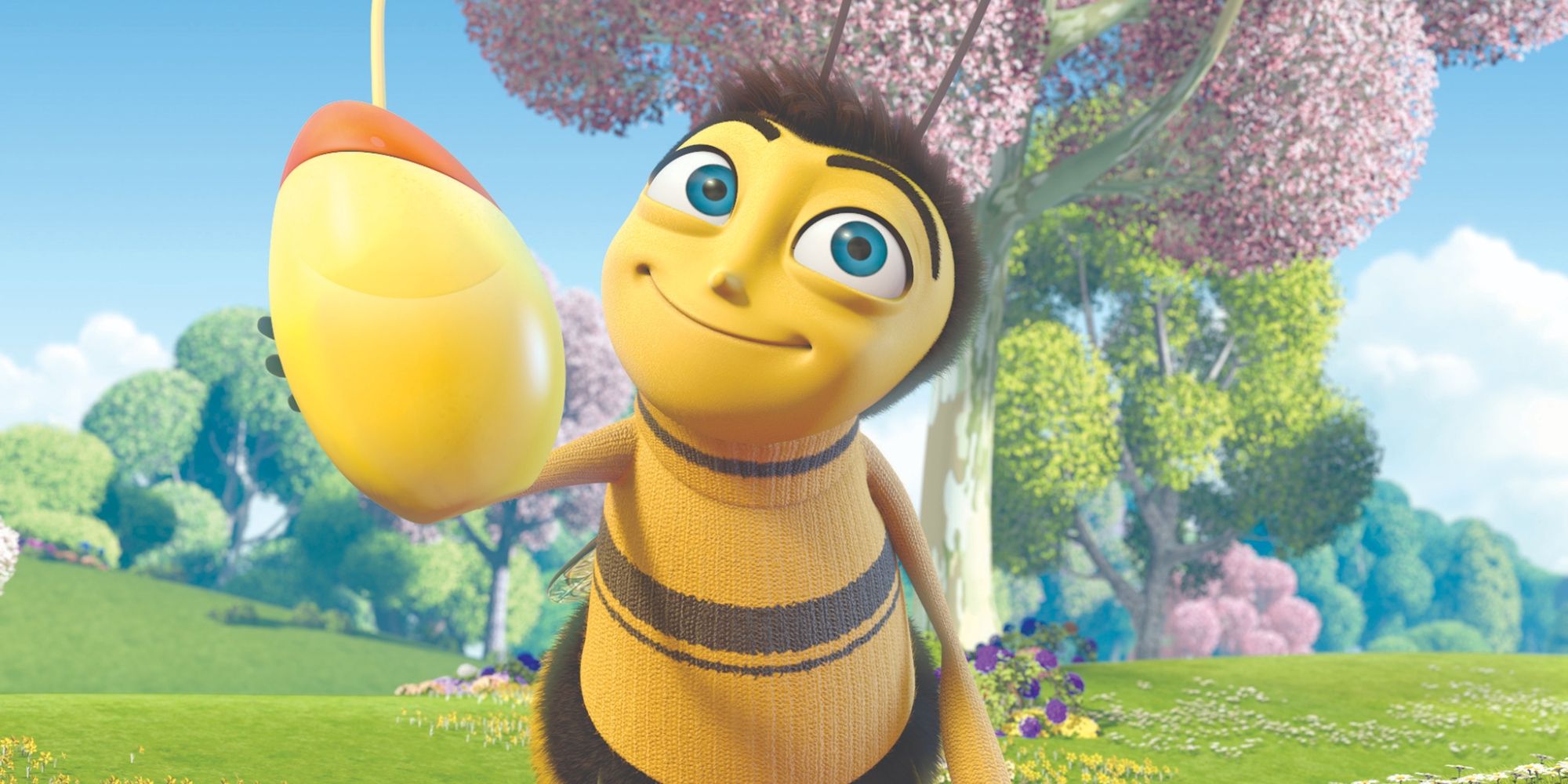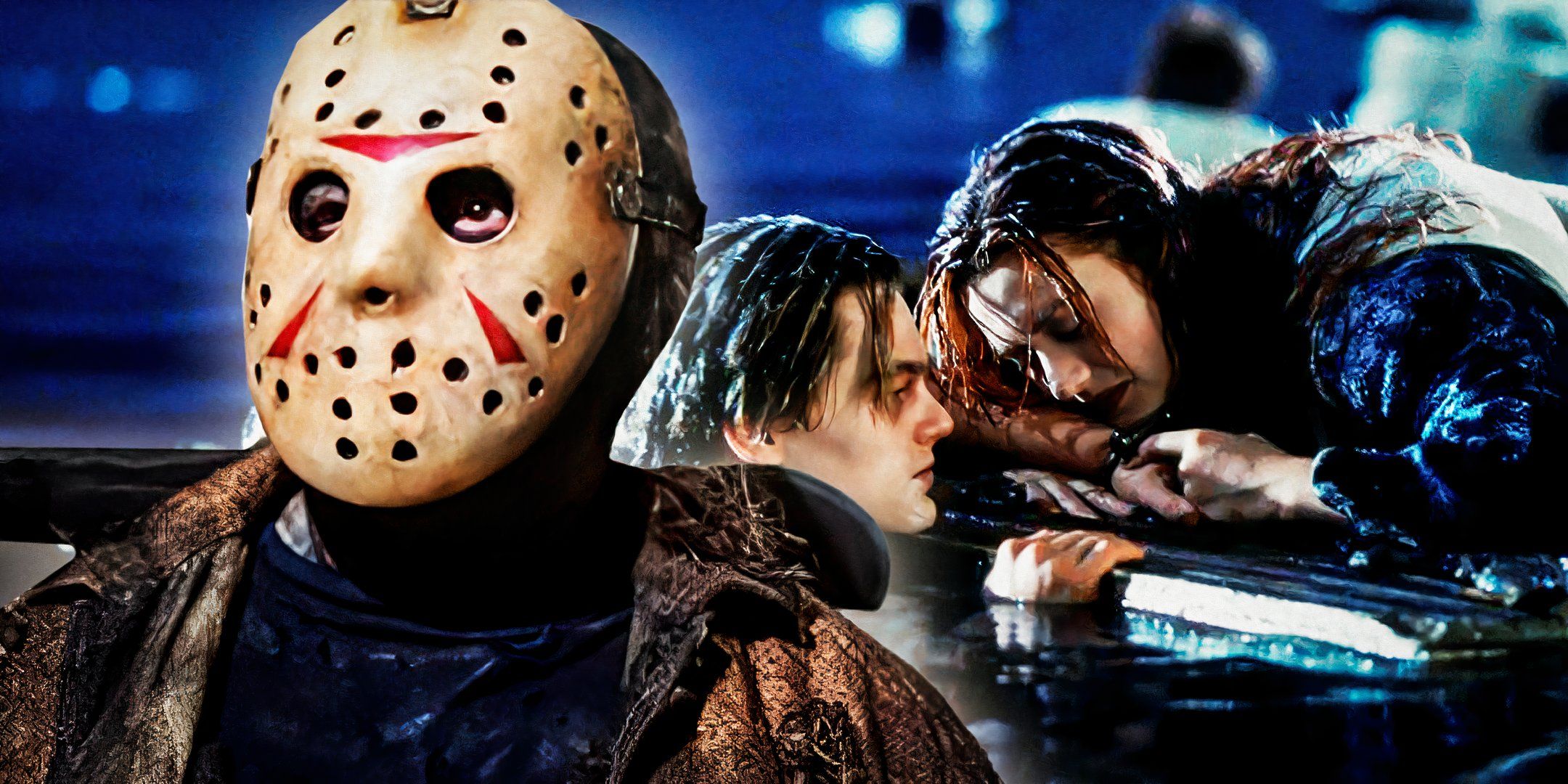Summary
- Misconceptions about famous movies can spread fast and become urban legends in pop culture.
- Some commonly believed movie myths have been debunked, but still persist due to popular belief.
- Behind-the-scenes rumors and fan theories can create lasting misconceptions about films and their details.
There are many misconceptions about popular movies that audiences believe to be true but have otherwise been corrected. Whether it's by word-of-mouth or conversations online, misconceptions about movies can spread fast and be taken as fact. Sometimes, if a misconception goes on long enough, other movies and TV shows can adapt the misbelieved details into their parodies and references.
Misremembered character details can be attributed to audiences' incorrect mental images of famous character designs, assigning them identifying details that were never there. Other common misconceptions are a result of movie fan theories and behind-the-scenes rumors that became as large as the films themselves. When such a dominant conversation surrounds a film, it can be difficult for the truth to become well-known. Therefore, while many movie misconceptions have been debunked, they are still considered plausible by a large group of people.

10 False Horror Movie Myths (& How They Were Debunked)
Many horror movies were the subject of myths, whether due to the themes in them, on-set tragedies, or rumors about the actors, among other things.
10 Three Men And A Ghost?
The ghost of a boy isn't lurking in the background
Three Men and a Baby is an 80s comedy film in which three men are unexpectedly put in charge of looking after a baby. Despite its lighthearted comedic tone, there's a dark misconception about one particular scene in the film. Jack (Ted Danson) is walking around the house with his mother and as they pass a window, what appears to be a ghostly figure hides behind the curtains. Audiences quickly assumed the sound stage where Three Men and a Baby was filmed had been haunted.
It was believed that the boy was someone who had died on the sound stage years before Three Men and a Baby was filmed, but this is not the case. In reality, the "ghost" is a cardboard cutout of Danson intended to be used for another scene, but was eventually cut from the film. The rumor became so popular that the TV show Supernatural referred to the myth in the episode "Hollywood Babylon" in season 2. Despite Tom Selleck, another star of the film, correcting the misconception, the Three Men and a Baby urban legend is still brought up.
Three Men and a Baby
Tom Selleck, Steve Guttenberg, and Ted Danson star in Three Men and a Baby, a comedy about a trio of bachelors who have to take care of an infant. Directed by Leonard Nimoy, the 1987 movie is the American adaptation of the French film Three Men and a Cradle.
- Director
- Leonard Nimoy
- Release Date
- November 25, 1987
- Cast
- Tom Selleck , Ted Danson , Steve Guttenberg
- Runtime
- 102minutes
9 Lurtz's Knife Throw Was Accidental
The sequence was choreographed
Throughout all The Lord of the Rings trilogy, a realistic appearance of the weapons used was crucial in bringing the story to life. When possible, real weapons were used in scenes and safely monitored. In The Lord of the Rings: The Fellowship of the Ring, a fight between Lurtz and Aragorn (Viggo Mortensen) breaks out and the knife thrown by Lurtz is real, as confirmed by director Peter Jackson.
It's been believed that the knife thrown by Lurtz's actor, Lawrence Makoare, was meant to land near Mortensen's head, but instead accidentally came flying directly at him. Though Mortensen's reflexes are quick, they weren't improvised as many believe. In the director's commentary for the film, Jackson states that the knife was always meant to be thrown at Mortensen, who managed to deflect the real knife during the first take. Therefore, while there's truth to Mortensen's skilled quickness and to the authenticity of the weapons used during the fighting sequence, Mortensen was expecting the knife.
8 Raining Milk In Singin' In The Rain
Milk was not used as a replacement for water
The 50s musical, Singin' in the Rain, sits comfortably within numerous "best films of all time" lists. It's beloved for its story and, of course, its musical numbers. In one of these scenes, in which Gene Kelly is singing the titular song, the raindrops are visible. It's a significant element of the musical number, but such a rainstorm is not always easy to capture on camera. Thus began the misconception that milk was mixed with water to help with the visibility of the pouring rain.
However, co-director of Singin' in the Rain, Stanley Donen, debunked this myth and explained how lighting helped in pulling off the scene (via DGA Quarterly). Backlighting was used for the scene because relying solely on lighting in front of the rain washed the droplets out on camera. As fun of a conversation starter as it is, milk was not used to enhance the clarity of the raindrops.
Singin' in the Rain
Singin' in the Rain is a 1952 romantic-comedy musical by directors Stanley Donen and Gene Kelly. Centering on the 1920s era of Hollywood, Singin' in the Rain follows two movie stars forced to adjust to the talking pictures era of films. When the film's leading man realizes his on-screen partner's voice is less than pleasing, a young singer is brought in to dub her lines - including her singing, causing a mix of joy and chaos behind the scenes.
- Director
- Stanley Donen , Gene Kelly
- Release Date
- April 11, 1952
- Cast
- Gene Kelly , Donald O'Connor , Debbie Reynolds , Jean Hagen , Millard Mitchell , Cyd Charisse
- Runtime
- 103 Minutes








